(Evolution of Green Algae has three articles based on its three trends. All of these articles start and end with same paragraphs. If you want to avoid these intros, directly migrate to the point “Chlorococcine line of evolution“).
Evolution of Green Algae: Vovocine Trend
Evolution of Green Algae: Tetrasporine Trend
Evolution of Green Algae
Best safe and secure cloud storage with password protection
Get Envato Elements, Prime Video, Hotstar and Netflix For Free
Best Money Earning Website 100$ Day
#1 Top ranking article submission website
Since its conceptualization, evolution has been furnishing the biological science with some interesting insights. It has altered the way how in the past science folks used to perceive the development of themselves and others and considered every species unique without a palpable link in between them. However in later periods through evidences, science has made us accept that we were wrong and evolution is quite obvious.
Today we are going to study on the evolutionary trend of a small aquatic group of organisms known as algae, mainly the green ones. But in the beginning we need to mention a problem which actually made it difficult for the pioneered evolutionary algologists to find the correct strategy for the study of algal evolution.
which is…….
As the fossil materials, a very important source of study of evolution are scarce for prehistoric algal members, the evolutionist relied on morphological and reproductive features and development of algae in a sequence to derive the correct evolutionary line. So, the trends are not based on fossil study but some characteristics.
Good to know:
- Green algae are important from the evolutionary point mainly because it is believed that land plants evolved from them.
Evolutionary trend in algae
Blackman (1900) has derived three lines of evolution in algae. He published details about them in a world-class journal named ‘Atlas of Botany’. The lines/series/pathways/trends are:
- Volvocine line.
- Tetrasporine line.
- Chlorococcine line (siphonous).
Each line contains definite number of algae which are arranged in a primitive to advanced fashion. And in all of these three lines, the primitive ones are derived from ancestral unicellular motile algae called Chlamydomonas (Fritsch 1935; Chapman and Chapman 1973).
Short description of each line
Volvocine line: The volvocine pathway represents a series in which the motile unicells divided, retained their flagella and thus motility, and got enveloped in the mucilage to form motile colonies of the genera such as Pandorina, Eudorina and ultimately Volvox.
The volvocine line developed into Volvocales.
Tetrasporine line: The tetrasporine pathway represents a series in which the motile unicells divided but lost their flagella and thus became non motile groups.
The tetrasporine line developed into Tetrasporales.
Chlorococcine line: In the chlorococcine line, however, the ancestral parents both lost their motility as well as their ability to divide into somatic cells.
The chlorococcine pathway developed into Chlorococcales.
Chlorococcine line of evolution
The chlorococcine line of evolution is the third type of evolutionary trend in green algae (Chlorophyta). Here the line starts with Chlorococcum which is originated from Chlamydomonas, the supposed to be progenitor of all algae.
In a nutshell: (will be important in the next part)
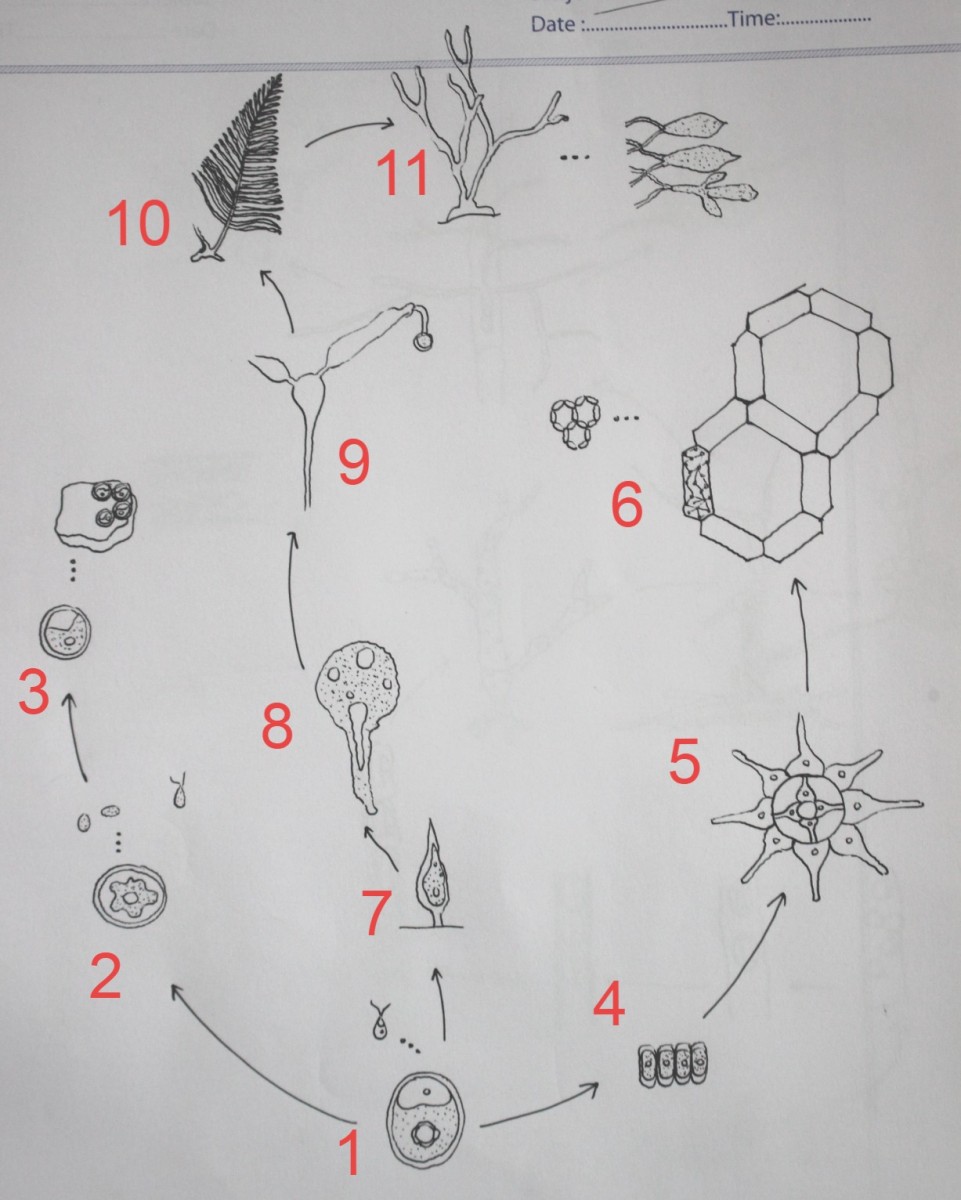
Chlorococcum – Trebouxia – Chlorella (1-3)
Chlorococcum – Scenedesmus – Pediastrum – Hydrodictyon (1-4-5-6)
Chlorococcum – Characium – Protosiphon – Dichotomosiphon – Bryopsis – Codi (1, 7-11)
- The first line produces Chlorella from Chlorococcum via producing another algae named Trebouxia.
- The second line produces Hydrodictyon from Chlorococcum.
- The third line produces Codium from Chlorococcum producing many other algae.
Now, each alga of this trend is discussed with some features so that the students can easily follow why the algologists have put one organism after another. Remember the first alga to come is the primitive one and the next one is more advanced one. And thus the succession continues.
Note that the succession is based on the morphological and reproductive characters, not on fossil study.
(Chlorococcum to Chlorella)
Single celled line
Chlorococcum – Trebouxia – Chlorella
Chlorococcum
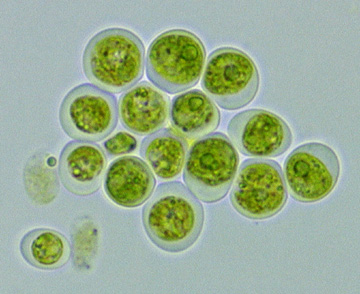
- Motile reproductive spores with two equal flagella (primitive feature).
- Unicellular.
- The flagella are absent in vegetative phase.
Trebouxia
- Both motile (primitive) and non-motile (advanced) spores are present.
Chlorella
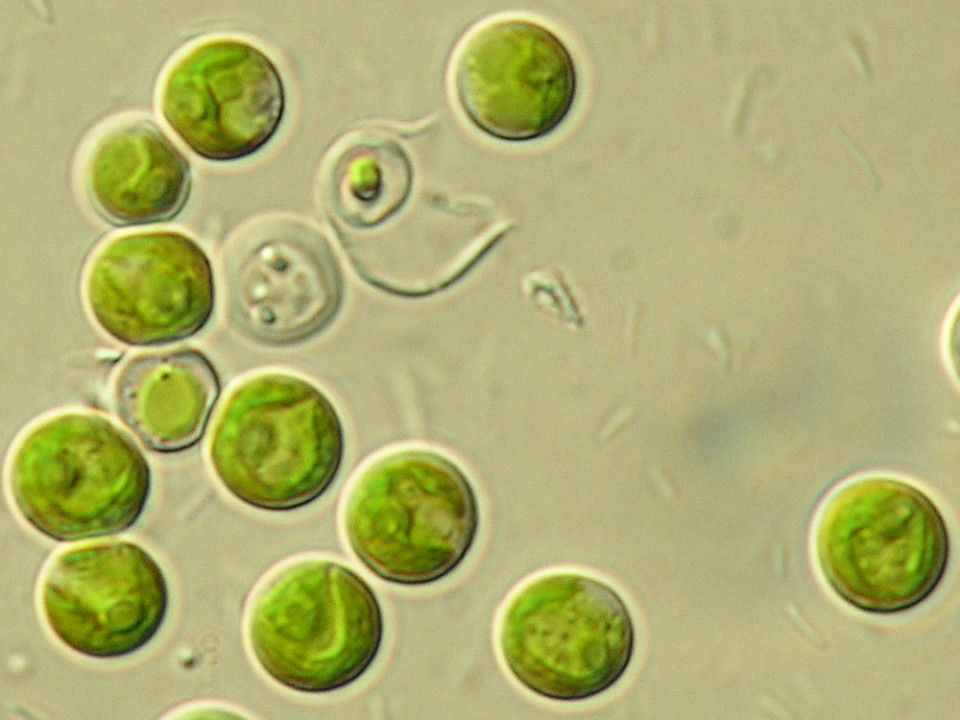
- Produces autospores. These are non-flagellated spores having the same shape as that of the parent cells, only differ in size.
- Reproduces only asexually.
(Chlorococcum to Hydrodictyon)
Coenobium line
Chlorococcum – Scenedesmus – Pediastrum – Hydrodictyon
Scenedesmus
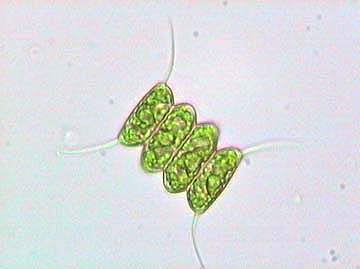
© Microscopy UK or their contributors.
- Up to 16 cells can form colony.
- They are nonmotile.
- Some of its members are epiphytic i.e. they grow in the tissues of plants (Round 1973).
One of the most common freshwater algae.
Pediastrum

- Star shaped.
- Cells are polygonum.
- Non motile.
Hydrodictyon
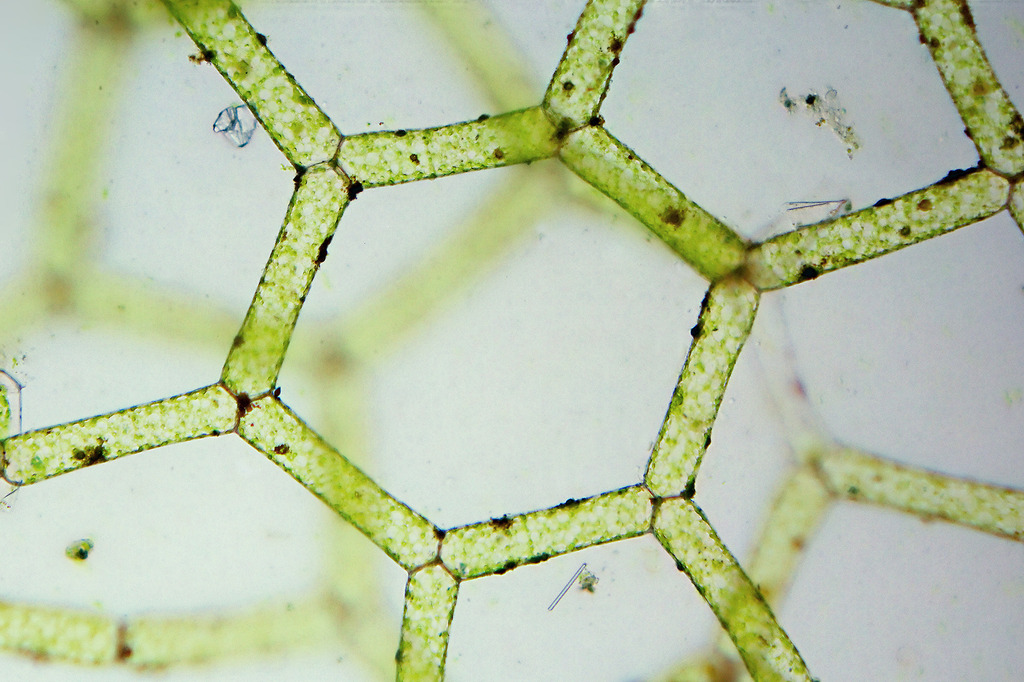
- Plant body is reticulate colony.
- The colony consists of 100s cells more or less attached to one another.
- No vegetative cell division. So, the number of cells per colony is determined.
- Each cell contains 100s of zoospores.
- Each 6 zoospores are found grouped together. And many groups together form a vegetative Hydrodictyon. Remember that before all these happen, the zoospores withdraw their flagella.
- ‘hydra’ means water and ‘dictyon’ means net. So called water net.
- The cells of the net remain in contact with each other generally in the groups of 5 or 6, forming pentagonal or hexagonal structures.
- At each angle of the net, or mesh meet three cells.
- Each cell is long, cylindrical and ovoid in shape and coenocytic.
(Chlorococcum to Codium)
Chlorococcum – Characium – Protosiphon – Dichotomosiphon – Bryopsis – Codium
Characium
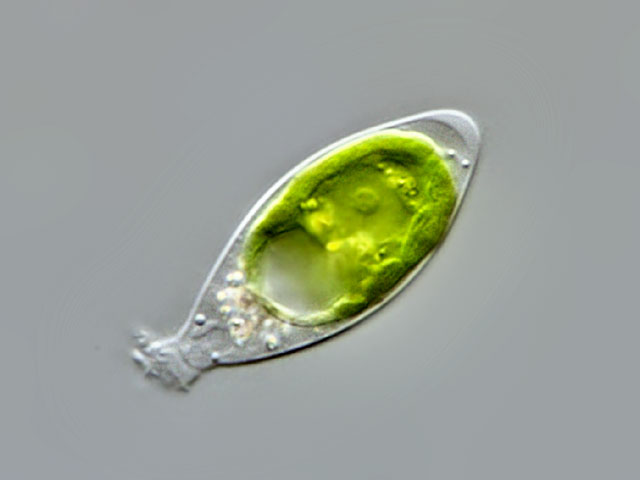
- Initially unicellular but later becomes coenocytic.
- Epiphytic.
Protosiphon
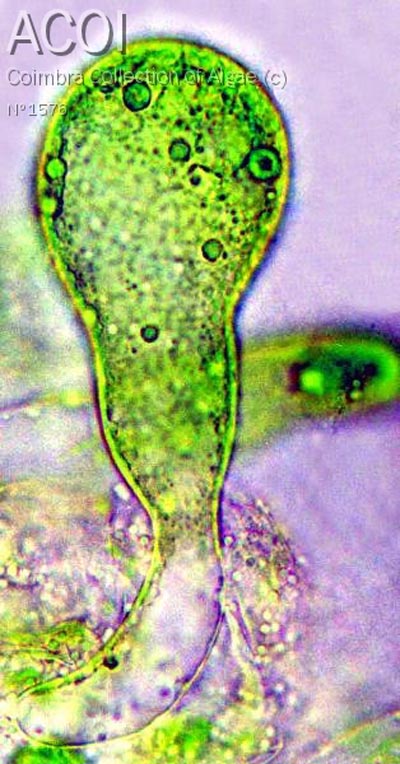
- Structure is simple vesicular type.
- Multinucleate or coenocytic.
- Pointed tip at the attachment part.
- Two xanthophylls (siphonein and siphonoxanthin), characteristic of Siphonales, are found.
- Central vacuole is siphon like. Hence the name is formed.
- Thick walled aplanospores called hypnospores are present.
Dichotomosiphon
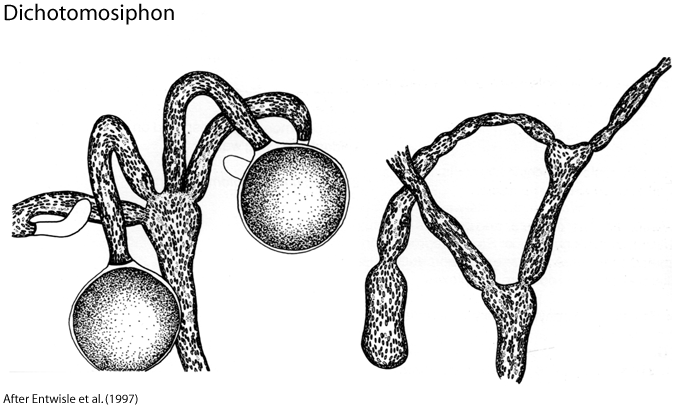
- Equal dichotomous branching.
- Constriction present.
- There is no transverse section.
- Sexual reproduction is oogamous type which is a distinguishing feature.
- Grows in freshwater habitat.
Bryopsis
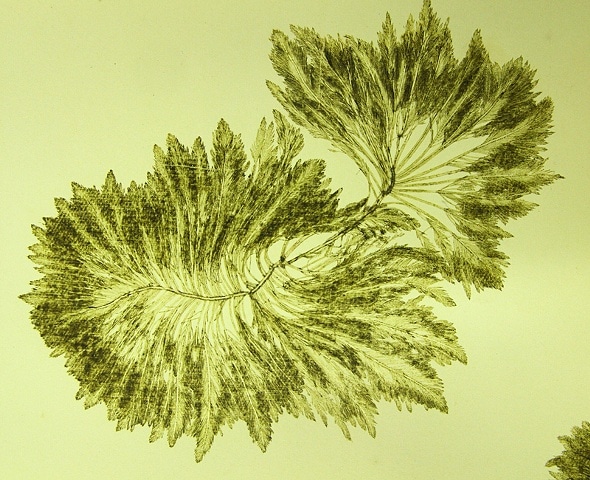
- Macroscopic marine species.
- No partition wall formation.
- Siphonous algae, creeping part acts as protonema.
- Filamentous attachment.
- Pinnately branched.
- Only partition wall in reproductive structure. Whole branch will act as gametangia then.
Codium
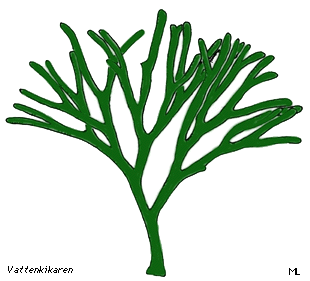
- A single cell (zygote) forms the whole thallus.
- Siphonous form.
- Because of the resemblance to Equisetum (a pteridophyte), it is often called aquatic horestails.
The above algal points provide with some short introductory features of each algae. Here the characteristics written in the next algae are referred superior or advanced to the characteristics of the former. Such as, producing motile spore is a primitive feature and producing autospores is an advanced one.
Though these phylogenic or evolutionary trends are based on morphology and reproduction, recent studies have shown light on the biochemistry and cellular level study to understand the phylogeny (Pickett-Heaps and Marchant, 1972; Frederick et al., 1973 and many others). And it is true that this later trend is also likely to be changed through many more researches. Perhaps owing to a similar reason Chapman and Chapman (1973) have rightly stated that –
”Any evolutionary scheme, however, can only be regarded as tentative”
Source:
- Chlorococcum – http://fmp.conncoll.edu/Silicasecchidisk/LucidKeys3.5/Keys_v3.5/Carolina35_Key/Media/Html/Chlorococcum_Main.html
- Chlorella – https://toddcaldecott.com/herbs/chlorella/
- Pediastrum http://protist.i.hosei.ac.jp/PDB/Images/Chlorophyta/Pediastrum/simplex/sp_1i.html
- Hydrodictyon – http://www.microbehunter.com/microscopy-forum/viewtopic.php?t=1305
- Characium – http://www.plingfactory.de/Science/Atlas/Kennkarten%20Algen/01_e-algae/Chlorophyta/e-source/Characium%20sp.1.html
- Dichotomosiphon – https://www.glerl.noaa.gov/seagrant/GLWL/Algae/Chlorophyta/Cards/Dichotomosiphon.html
- Bryopsis – https://reefnation.com/understanding-bryopsis/
Best safe and secure cloud storage with password protection
Get Envato Elements, Prime Video, Hotstar and Netflix For Free
 Plantlet The Blogging Platform of Department of Botany, University of Dhaka
Plantlet The Blogging Platform of Department of Botany, University of Dhaka
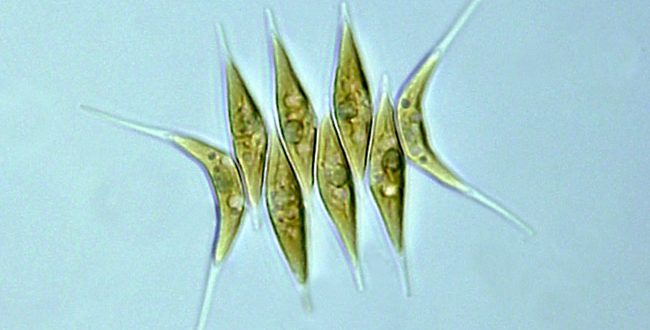

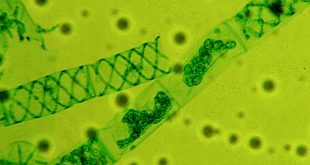
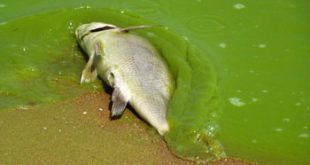
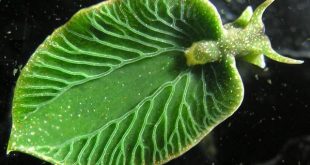
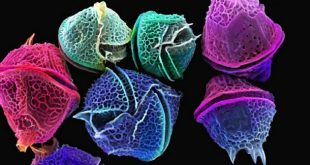
Your article helped me a lot, is there any more related content? Thanks!